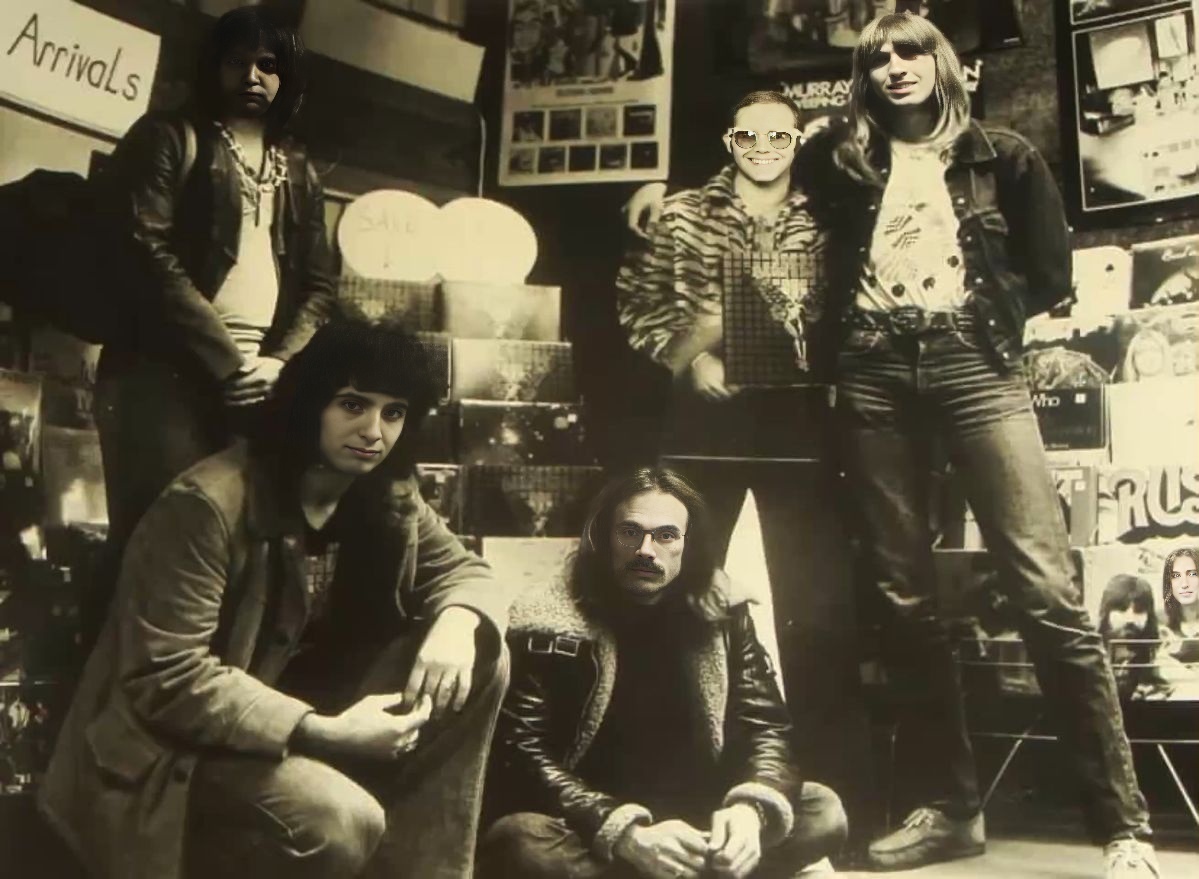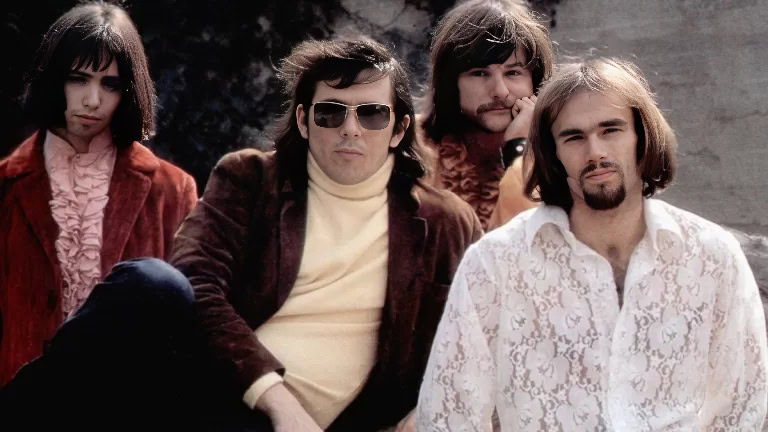
Iron Butterfly, formed in San Diego, California, in 1966, is a psychedelic rock band renowned for their innovative sound and the epic track “In-A-Gadda-Da-Vida.” Emerging from the vibrant counter-culture scene of the late 60s, the band, originally fronted by organist and vocalist Doug Ingle, quickly gained a following for their extended improvisations and heavy organ-driven melodies. Although experiencing numerous lineup changes, the band cemented their place in rock history with their second album, also titled “In-A-Gadda-Da-Vida,” released in 1968.
The title track, “In-A-Gadda-Da-Vida,” a garbled rendition of “In the Garden of Eden,” became a defining anthem of the era. The song’s lyrical simplicity, however, belies its complex and groundbreaking structure. Clocking in at over 17 minutes, it’s essentially an instrumental suite punctuated by Ingle’s brief vocal sections. The extended organ solo, the driving rhythm section, and the hypnotic guitar riffs created a sonic tapestry unlike anything heard before, influencing countless musicians and solidifying Iron Butterfly’s place in the psychedelic rock pantheon.
While Iron Butterfly didn’t garner major awards, the “In-A-Gadda-Da-Vida” album reached number 4 on the Billboard 200 chart, staying on the chart for over a year and earning platinum certification. The song itself, in its edited single version, achieved moderate chart success, but its true impact lay in its album cut, which became a staple on FM radio.
Audience reception to “In-A-Gadda-Da-Vida” was, and continues to be, polarizing. Some hail it as a masterpiece of psychedelic rock, a groundbreaking exploration of sound and texture. Others find it repetitive and self-indulgent. However, regardless of personal preference, the song’s cultural significance and its enduring influence on the evolution of rock music are undeniable. It remains a cornerstone of the late 60s musical landscape, and a testament to Iron Butterfly’s unique contribution to the genre.
